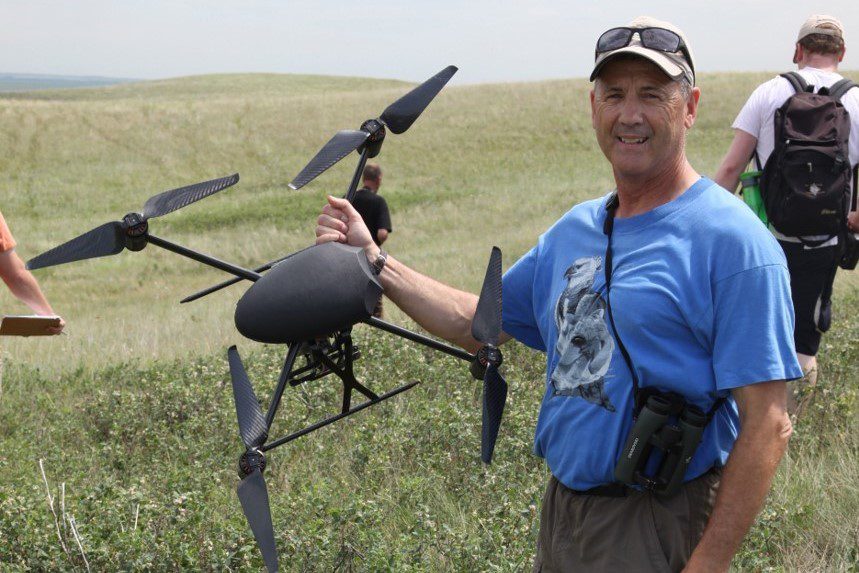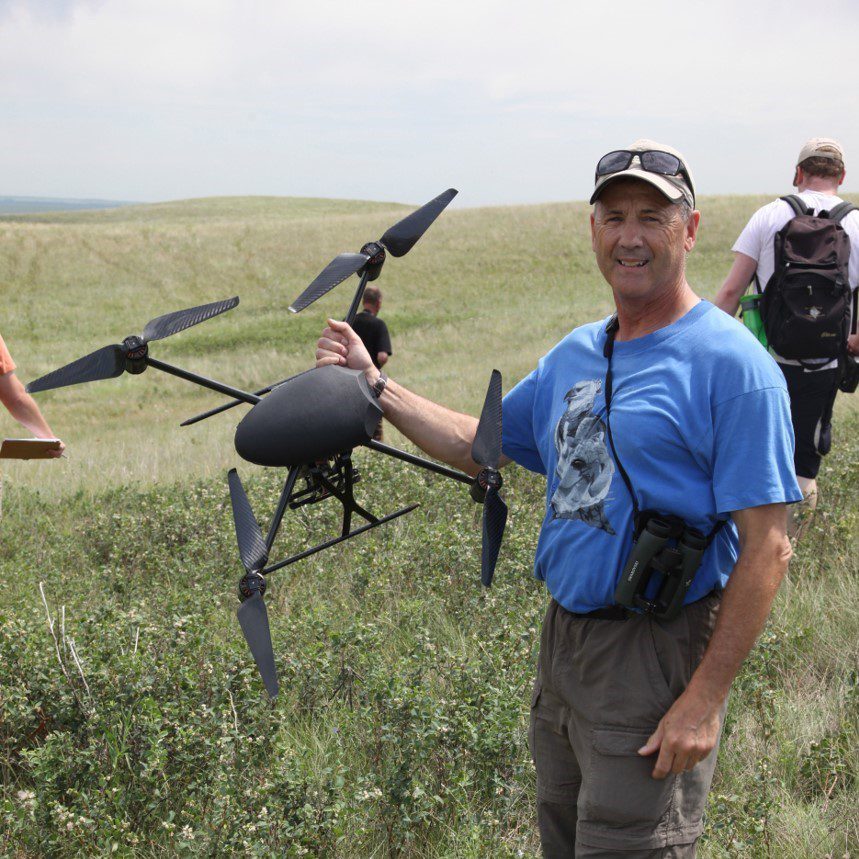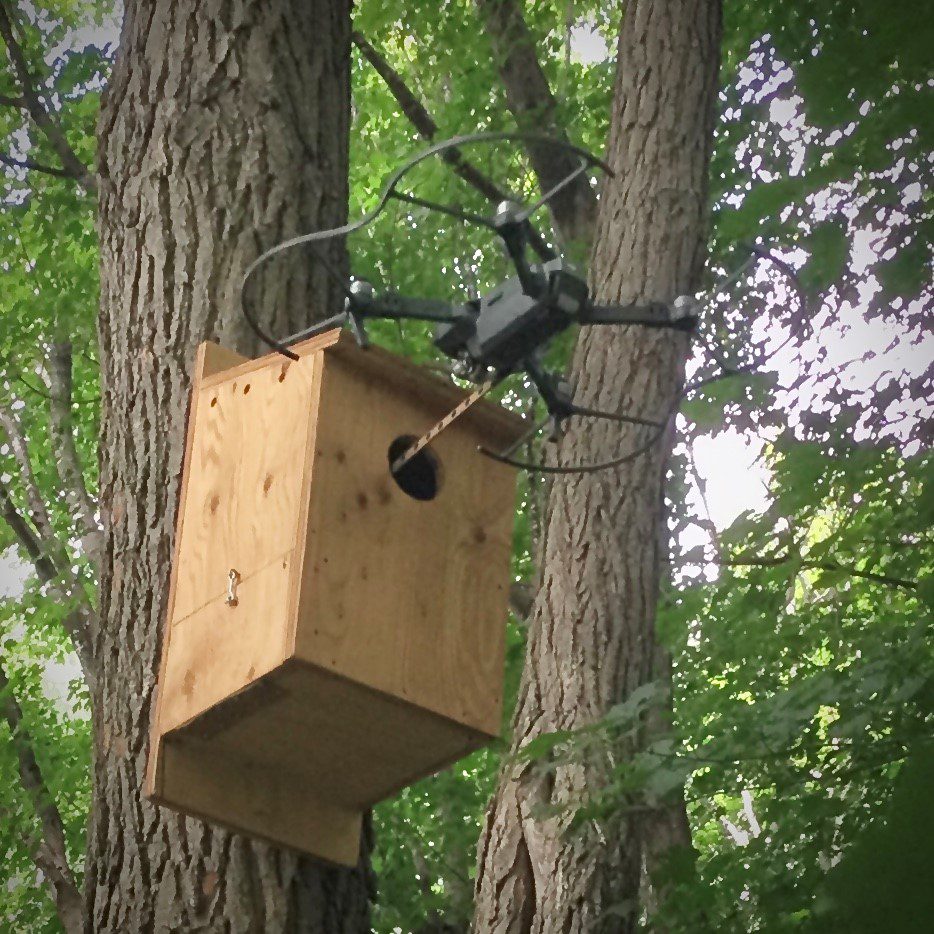
Insights
A passion for drones helping pave the way for the next generation of wildlife researchers
“I just can’t walk away from this!” declares Professor David Bird. The excitement in the voice of the 72-year-old academic is obvious.
It’s been nearly a decade and a half since Bird first became aware of the possible uses for drones to aid his lifelong dedication to studying wildlife. Since then, the recently retired Emeritus Professor of Wildlife Biology at McGill University in Montreal has become a passionate advocate for drones in conservation.
The latest project on which he is advising involves attaching a specially-designed arm and camera to an off-the-shelf drone. It aims to hover alongside the nesting boxes used by birds of prey and take photos of the eggs and nestlings inside through the entry hole.
Other projects have included counting populations of wildlife including colonially-nesting terns and murres with rotary machines and endangered caribou from fixed-wing drones. He has also used drones to fly over nests of birds of prey to see what level of detail could be gleaned from taking pictures of eggs and young – and how the birds themselves reacted to the drone.
“Now we’re doing all kinds of things,” says Bird. “I just got off the phone with my collaborator, the young man who replaced me at McGill. He told me that the students are getting some success in catching insects using a drone, dragging a net behind it.”
“I’m thrilled about this because they’ve actually taken the study and made it into something very substantial – flying it over water, emergent vegetation, and also the tree canopy, which comprise three different habitats.”
Each of these projects shows David Bird the exponential ways in which drones can be applied to the field of conservation.
“It is a game-changing technology, no doubt in my mind about that,” he says. “I think what’s exciting to me, even though I’m 72 and sort of retired, is that I’ve been given a unique opportunity to be on the ground floor of its development.”
“My mind just can’t stop when I think of the possibilities. It really excites me, when you do something like, for example, sticking a drone arm with a camera on the end of it into a bird’s tree nest hole for the first time in history.”
“What is even better is that we’re doing it for the American kestrel, a bird that’s actually declining [in numbers]. So it has some immediate conservation impact there. And we’re trying to do it with a very inexpensive drone and it looks like we’re going to have some success.”
“Drones are a great tool, with unlimited capabilities.”
If you would like to learn more about Professor Bird’s work, check out his website: www.askprofessorbird.com



